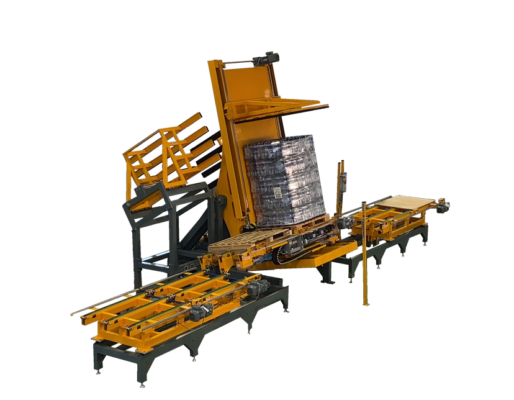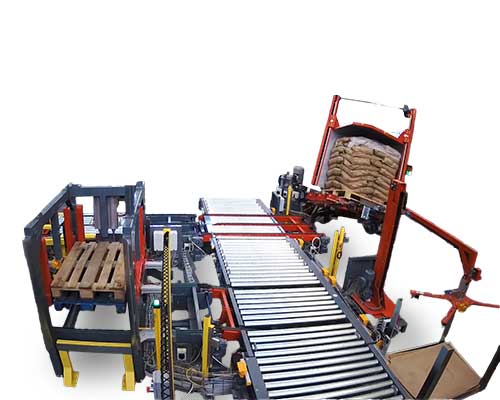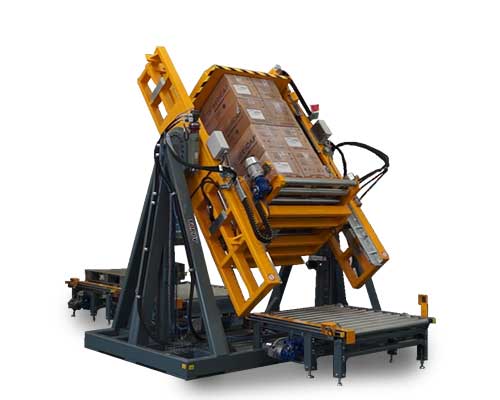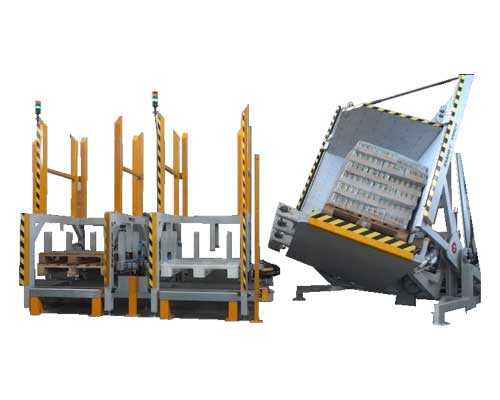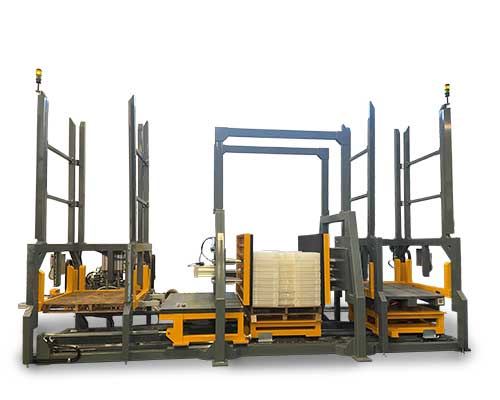Revolutionizing Warehouse Efficiency with Pallet Transfer Systems
In today’s fast-paced world of logistics and warehousing, optimizing efficiency is paramount. This is where a pallet transfer system comes into play as a game-changing solution. Let’s delve into the essential aspects of this technology, its functionalities, advantages, and applications in modern warehouses.
Understanding Pallet Transfer Systems
A pallet transfer system is an innovative material handling solution designed to seamlessly transport pallets within a warehouse or manufacturing facility. It employs a combination of conveyors, lifts, and automated controls to facilitate the movement of goods. These systems are tailored to meet the specific needs of businesses, accommodating various pallet sizes and weights.
How Pallet Transfer Systems Work
At the core of a pallet transfer system are conveyor belts or roller conveyors, which transport pallets from one point to another. These systems can be equipped with lift mechanisms that allow pallets to move between different levels within a facility. Additionally, advanced automation and sensor technology ensure precise positioning and safe transportation.
Advantages of Implementing Pallet Transfer Systems
The adoption of a pallet transfer system offers several key advantages for warehouses and manufacturing operations, contributing to enhanced productivity, safety, and cost-efficiency.
Enhanced Warehouse Efficiency
One of the primary benefits of a pallet transfer system is its ability to streamline warehouse operations. By automating the movement of pallets, it reduces the need for manual labor and minimizes the risk of errors, resulting in quicker and more accurate inventory handling.
Space Optimization
Pallet transfer systems are designed to make the most of available space in a warehouse. They can navigate tight corners and vertical storage, allowing for more efficient use of the facility’s layout. This space optimization can lead to increased storage capacity and reduced operational costs.
Improved Safety Measures
Safety is a top priority in any warehouse environment. Pallet transfer systems are equipped with safety features such as sensors and emergency stops to prevent accidents. They also reduce the need for manual pallet movement, minimizing the risk of employee injuries.
Applications of Pallet Transfer Systems
Pallet transfer systems have a wide range of applications across various industries, contributing to the seamless flow of goods and materials.
Manufacturing Industry
In manufacturing facilities, pallet transfer systems play a critical role in automating material handling processes. They ensure the efficient flow of raw materials and finished products, reducing downtime and increasing production rates.
Distribution Centers
In distribution centers, where order fulfillment speed is crucial, pallet transfer systems are invaluable. They help expedite the movement of goods, ensuring timely deliveries to customers and maintaining a competitive edge in the market.
Food and Beverage Sector
The food and beverage industry relies on pallet transfer systems to maintain the integrity of perishable products. These systems allow for precise temperature control and efficient product handling, reducing waste and ensuring product freshness.
In conclusion, a pallet transfer system is a cutting-edge solution that enhances warehouse and manufacturing efficiency. Its ability to optimize space, improve safety, and streamline operations makes it a valuable asset for businesses in various industries. Whether you’re in manufacturing, distribution, or the food and beverage sector, implementing a pallet transfer system can lead to significant improvements in productivity and cost-effectiveness, ensuring your business stays competitive in today’s fast-paced logistics landscape.
